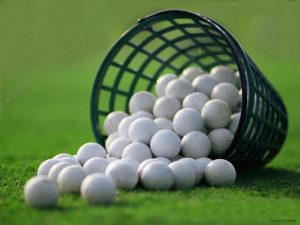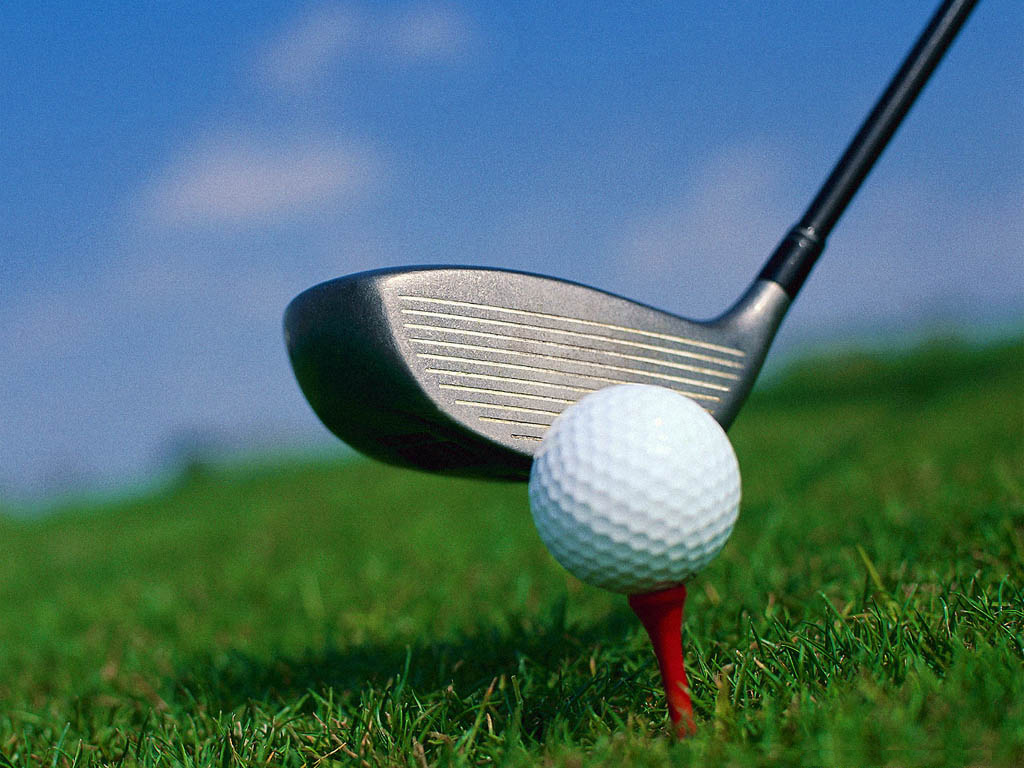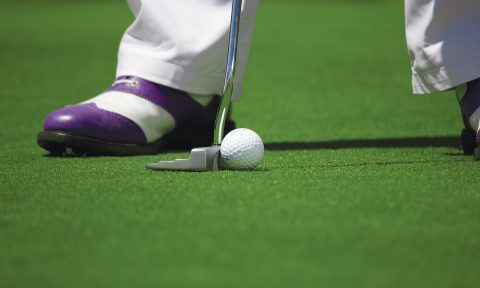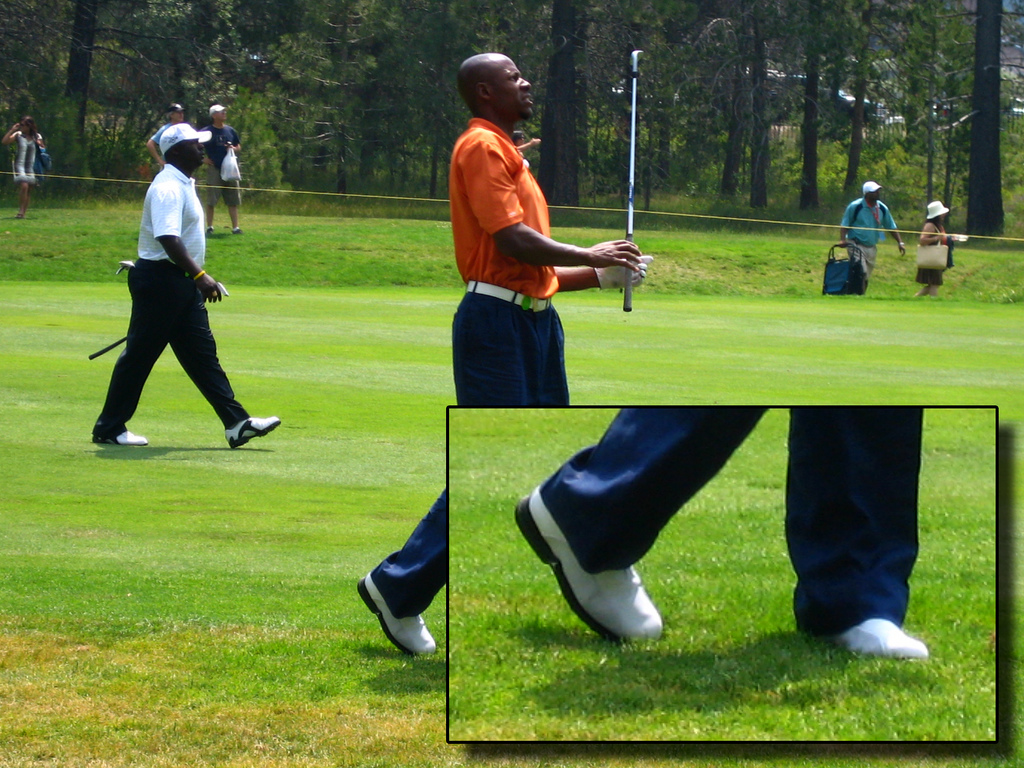For those who are new to the game of golf, choosing the right equipment might be a challenge, but this is a very important step. The essential items every golf player needs are: balls, clubs, tees, a bag and shoes. There are also other tools to aid the golfer on the course, but the above mentioned are the basics.
Given that there is a wide variety of golf balls on the market, a beginner visiting a golf shop might feel overwhelmed by the plethora of choices they have in front of them, so here are some tips on how to choose the right golf ball.
 First of all, know that golf balls are not just simple white balls you chase around a course, they are specifically designed to assist the player and are adapted to their specific needs. As such, based on the construction method and the materials used, balls can drive distance, improve accuracy, determine trajectory and so on.
First of all, know that golf balls are not just simple white balls you chase around a course, they are specifically designed to assist the player and are adapted to their specific needs. As such, based on the construction method and the materials used, balls can drive distance, improve accuracy, determine trajectory and so on.
Additionally, keep in mind that price is not always assurance of quality, but more expensive balls do tend to be superior and perform better.
There are some regulations manufacturers have to obey when making golf balls, as the minimum allowed diameter is 42.67 mm, while a ball’s mass must not be higher than 45.93 g. They are made from various synthetic materials, such as Surlyn or urethane, and have up to four layers. Harder materials are used in balls designed to travel longer distances, while softer ones are for balls with greater stopping potential and higher spin.
Our advice is to go for balls that have ionomer covers if you want more control, as these balls tend to absorb the energy when hit with a golf club, and thus they don’t spin and gain more control through the air. On the other hand, if you want a ball to improve distance, choose one with urethane cover, as this allows it to bounce harder when hit and thus travel a greater distance. Considering these types of balls are harder to control, they are usually recommended for more advanced golfers.
Compression rating is also important when choosing a golf ball. Models with an 80 compression rating will have more spin when on greens, while balls with a 100 compression rating are great for distance shots.
The number of layers on a ball can also influence your game, as they can determine the energy transference and make the ball go further, spin less and roll longer.
All in all, the best thing to go when buying golf balls is to determine your playing style and narrow down the field, then choose some models and test them on course with some short-game shots in order to pick the right ball for you.








